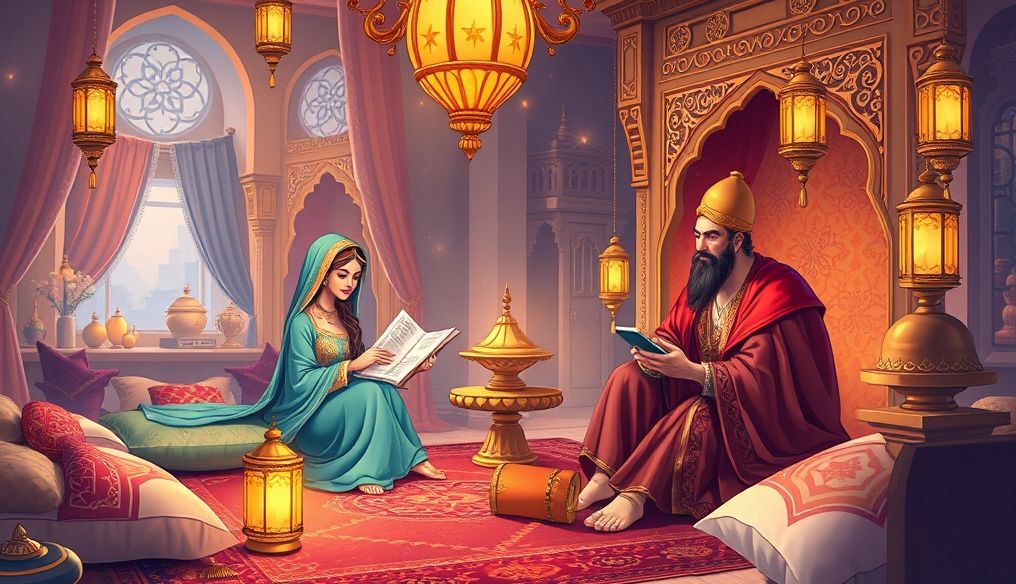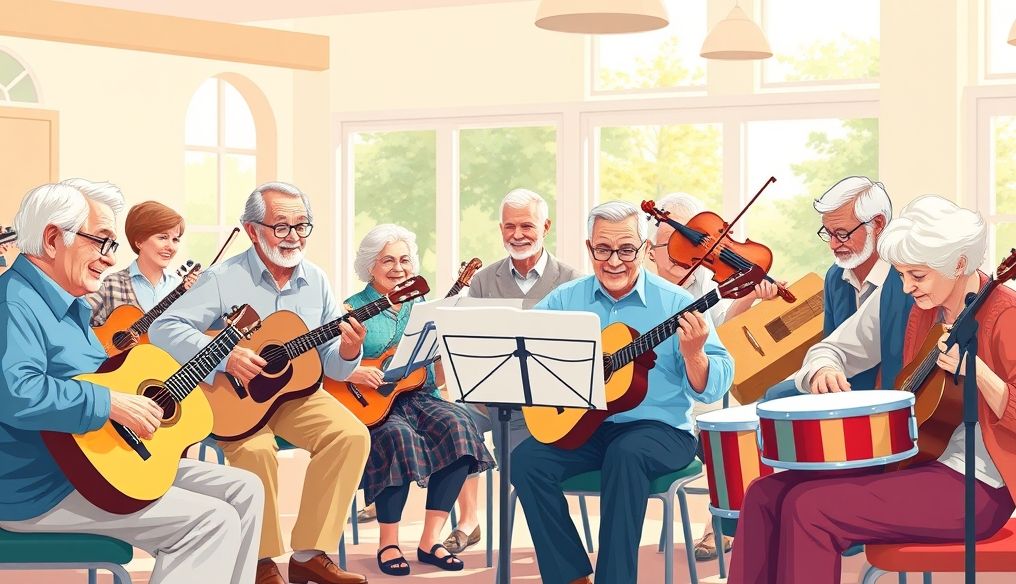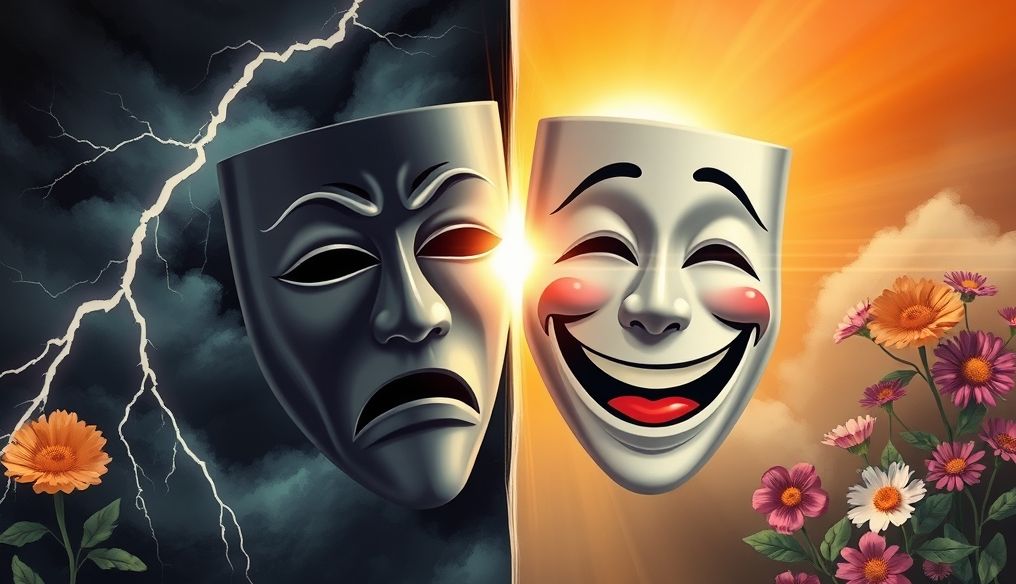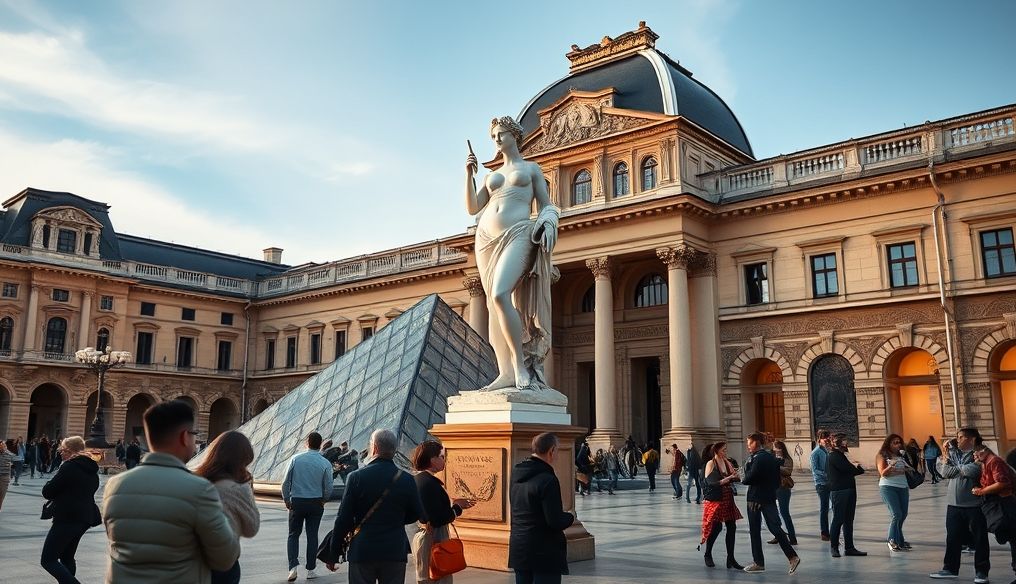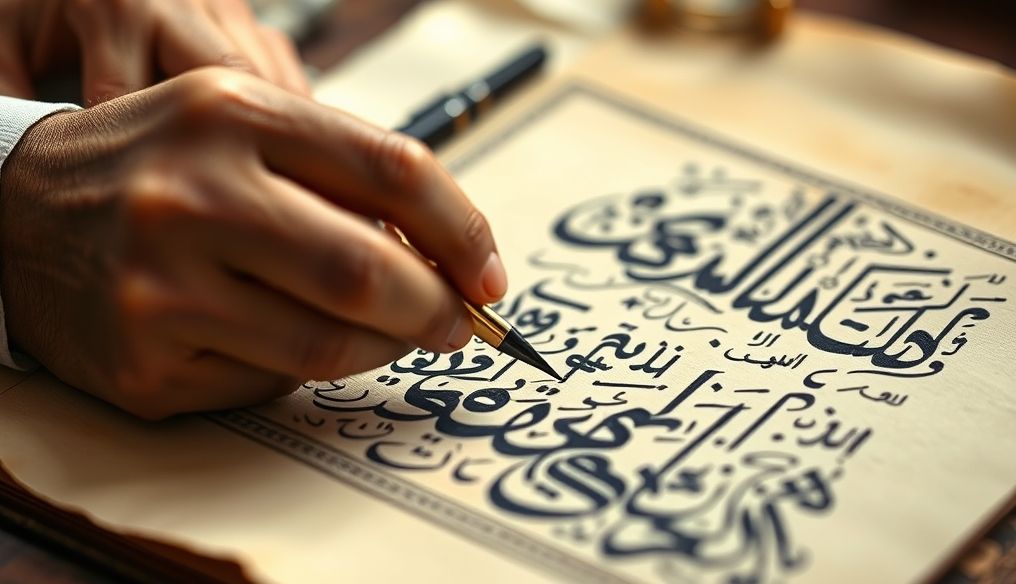What is the Story of "One Thousand and One Nights" and the Origin of its Tales?
"One Thousand and One Nights," also known as "The Arabian Nights," is a globally renowned collection of stories, but its origins and development are complex and intertwined. It is not just a book, but a living cultural heritage that has evolved over centuries, influenced by various civilizations.
Chapter 1: Historical Origins of "One Thousand and One Nights"
The origin of "One Thousand and One Nights" dates back to an ancient Persian collection of stories called "Hazar Afsan" (A Thousand Myths). This Persian collection, now lost, contained popular tales and ancient legends. These tales were transferred to the Arab world in the Abbasid era, specifically in Baghdad, where they began to evolve and change.
- Hazar Afsan: The lost Persian origin.
- Abbasid Era: The period when the tales began to spread and develop in the Arab world.
- Baghdad: The cultural center that witnessed the initial transformation of the tales.
Chapter 2: The Character of Scheherazade and Her Pivotal Role
Scheherazade is the central character in "One Thousand and One Nights." She is the vizier's daughter who volunteers to marry King Shahryar, who used to kill his wives after the first night for fear of their betrayal. Scheherazade begins to tell stories to the king every night, interrupting the story at a moment of suspense, forcing the king to postpone her execution for another night to hear the rest of the story. Scheherazade continues to tell stories for a thousand and one nights, until the king falls in love with her and abandons the idea of killing her.
"Scheherazade is not just a storyteller, but a symbol of intelligence, cunning, and the ability to change fate with words."
Chapter 3: Arab Developments and Influences
With the transfer of "Hazar Afsan" to the Arab world, the tales began to be influenced by Arab and Islamic culture. New stories were added, and old stories were modified to suit Arab taste. Characters such as Aladdin, Ali Baba, and Sinbad the Sailor emerged, becoming some of the most famous characters in "One Thousand and One Nights."
- Adding new stories: Such as the stories of Aladdin and Ali Baba.
- Islamic influence: The emergence of religious and moral elements in the tales.
- Cultural transformation: Modifying the tales to suit Arab culture.
Chapter 4: Translations and Western Influences
In the eighteenth century, "One Thousand and One Nights" began to spread in Europe through translations. Antoine Galland's French translation was the first widespread European translation, contributing to the introduction of this literary work to the West. "One Thousand and One Nights" impressed European writers and artists, influencing literature, art, and music.
| Translator | Nationality | Impact |
|---|---|---|
| Antoine Galland | French | First widespread European translation |
Chapter 5: Most Famous Tales of "One Thousand and One Nights"
"One Thousand and One Nights" includes a large and diverse collection of tales, but some have gained special fame. Among these tales are:
- Aladdin and the Magic Lamp: The story of a poor young man who finds a magic lamp that grants him his wishes.
- Ali Baba and the Forty Thieves: The story of a poor woodcutter who discovers a cave full of treasures.
- Sinbad the Sailor: The story of an adventurous sailor who undertakes seven sea voyages full of dangers and wonders.
Chapter 6: Literary and Artistic Elements in "One Thousand and One Nights"
"One Thousand and One Nights" is not just a collection of entertaining tales, but a complete literary and artistic work. The tales are characterized by suspense, excitement, and unrestrained imagination. They also include literary elements such as symbolism, metaphor, and exaggeration. In addition, the tales reflect universal human values and morals, such as justice, honesty, and courage.
Chapter 7: "One Thousand and One Nights" in Modern Popular Culture
"One Thousand and One Nights" continues to be very popular in modern popular culture. The tales have been adapted into many films, television series, animated films, and video games. They also continue to inspire writers, artists, and musicians around the world.
Chapter 8: Differences Between Different Versions of "One Thousand and One Nights"
There are different versions of "One Thousand and One Nights," and these versions differ in the number of tales, their order, and their content. Some versions include tales that are not found in other versions. Some versions also include modifications and improvements to the original tales. Some of the most famous versions are:
- Bulaq Version: An Egyptian version considered one of the oldest and most famous printed versions.
- Breslau Version: A French version edited by the French orientalist Breslau.
- Macnaghten Version: An English version edited by the English orientalist Macnaghten.
Chapter 9: Cultural and Social Impacts of "One Thousand and One Nights"
"One Thousand and One Nights" was not just a collection of entertaining stories, but it had a significant impact on culture and society. The stories contributed to the spread of knowledge and culture, and the promotion of human values and morals. They also contributed to shaping popular imagination, and developing creativity and innovation.
In conclusion, "One Thousand and One Nights" is a timeless literary work, carrying treasures of wisdom, knowledge, and imagination. It is an ongoing story, evolving and changing over time, and continuing to inspire future generations.
